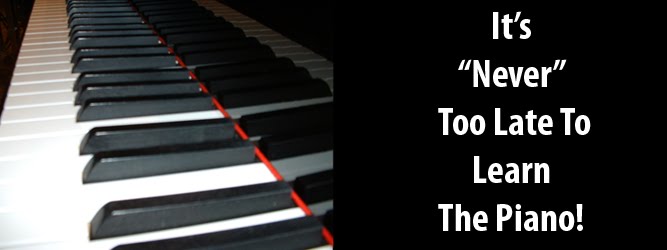 ......... I have used it to rescore and revise all my compositions/arrangements both finished and still incomplete and uploaded some of them to my homepage at Sibelius Music with more to come as time passes by.
......... I have used it to rescore and revise all my compositions/arrangements both finished and still incomplete and uploaded some of them to my homepage at Sibelius Music with more to come as time passes by. There are quite a few little pieces for guitar including what I believe is the first transcription for solo guitar of the lovely little Adagio in F by J Haydn which you can buy for $5.00 US.
There is also a short piano piece in the style of Philip Glass.
I also have ready to upload a wind quintet which is a Homage to a musical acquaintance of mine, still young being in his 40s, who has unfortunately contracted an incurable cancer and is not expected to live for much longer.
Currently I am working on a piece called " Passion Play" scored for string quartet which is sounding interesting.
Apart from Haydn's Adagio, the rest of the guitar compositions are free, so please do take the opportunity to print them off for your own or your student's use if you would like.

















 Many years a go, I used to own the musicaI instrument store here in town before various events including my own mismanagement caused the whole operation to fall over but that is a story for another day.
Many years a go, I used to own the musicaI instrument store here in town before various events including my own mismanagement caused the whole operation to fall over but that is a story for another day.








 Too soon for me but might be something you can try out for yourself.
Too soon for me but might be something you can try out for yourself. 



 As is my usual way, and how I came to purchase a Casio CDP-100, I scoured the the internet using Google for a piano tutor and settled for the not so modern, been around for ever, method depicted to the left. Having played the classical guitar for more than 30 years, I am acutely aware of the importance of a sound technique and so have opted for this traditional method rather than the myriad of new ones that are available. I have found it to be excellent for my purposes and have already purchased and commenced the second grade book.
As is my usual way, and how I came to purchase a Casio CDP-100, I scoured the the internet using Google for a piano tutor and settled for the not so modern, been around for ever, method depicted to the left. Having played the classical guitar for more than 30 years, I am acutely aware of the importance of a sound technique and so have opted for this traditional method rather than the myriad of new ones that are available. I have found it to be excellent for my purposes and have already purchased and commenced the second grade book.
